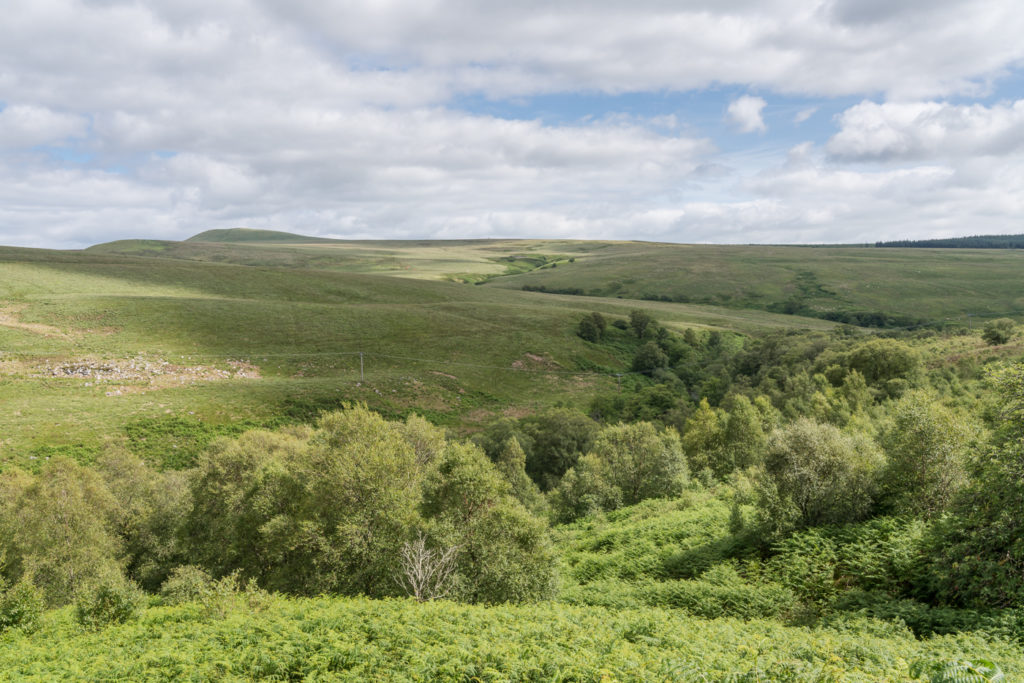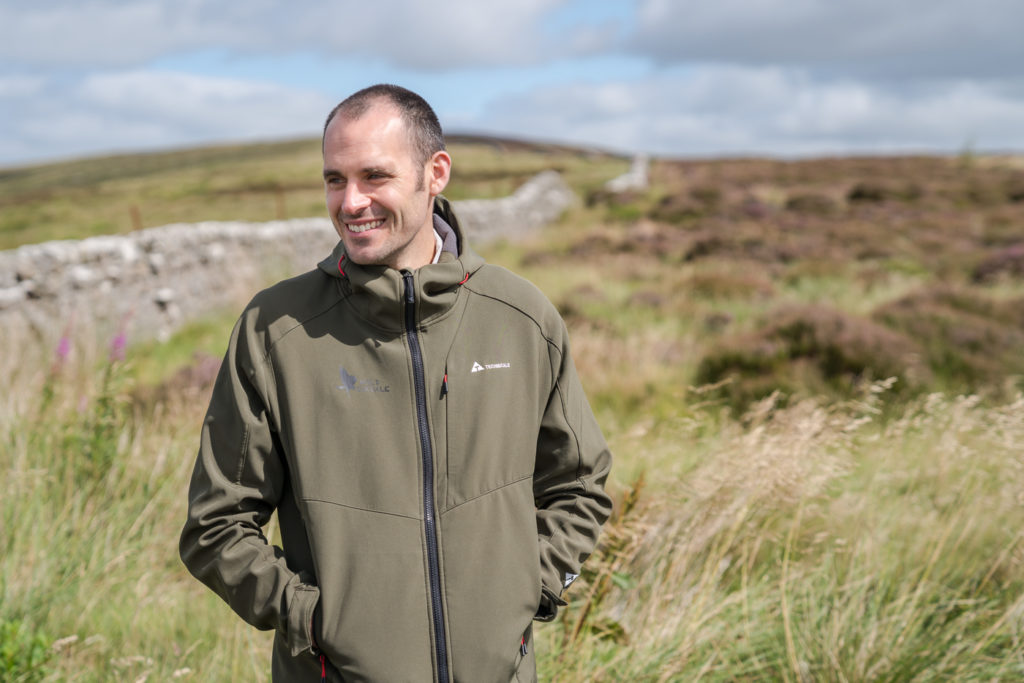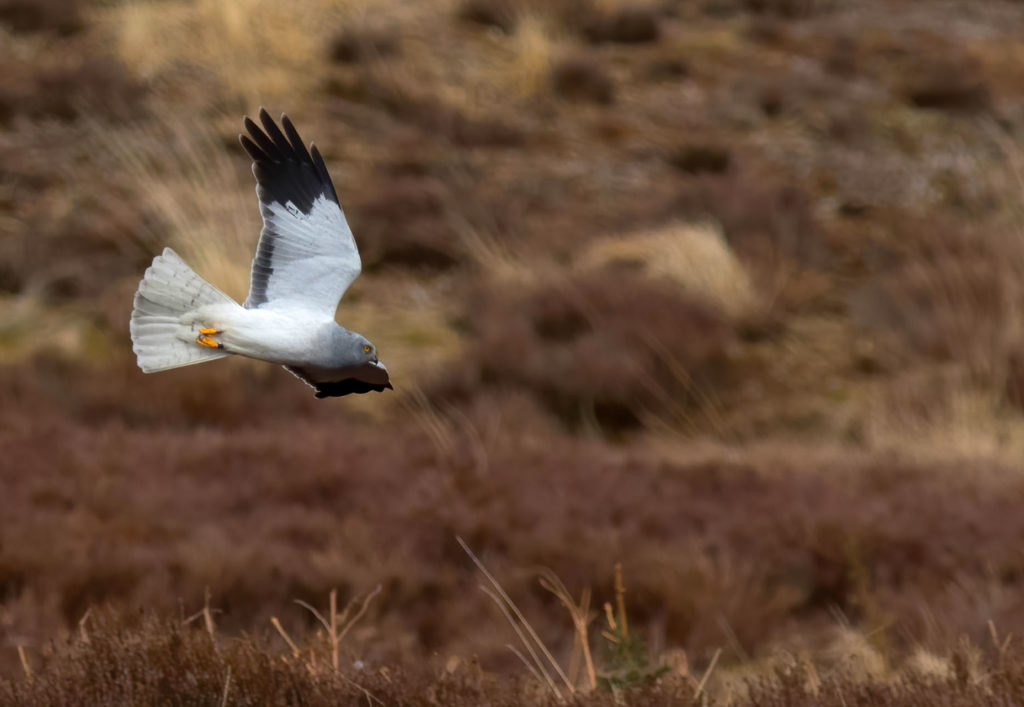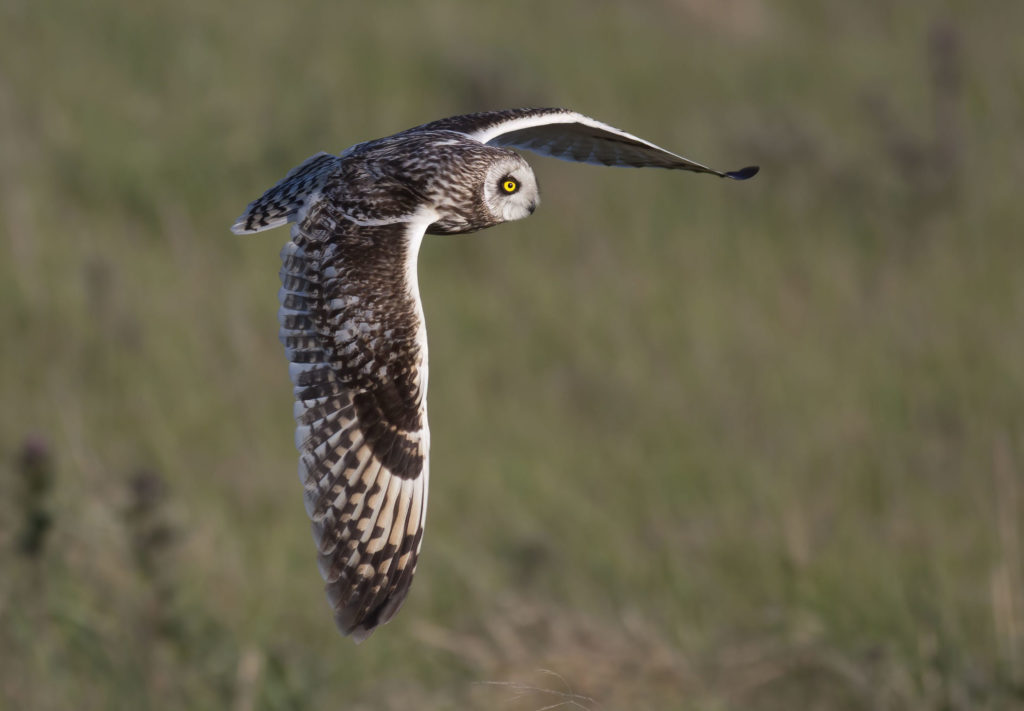
Here you can read more about Nature’s a Hoot, and access resources, photos and extra insights from our sixth episode all about Community Conservation, with special guest Kevin Cumming from the Langholm Initiative in Scotland. Hannah and Tom chat about why involving the local community is important in conservation, both in developing and developed countries.
Listen now to the Nature’s a Hoot sixth episode Conservation and Communities. Don’t forget to subscribe!
Hannah catches up with friend and fellow conservationist, Kevin Cumming, who was the Project Leader at the Langholm Initiative, about the Langholm Moor Community Buyout, the many wonderful species and habitats it supports, and what it means for the people living there.

 Ancient woodland on the moor, by David Lintern, and Kevin Cumming from the Langholm Initiative
Ancient woodland on the moor, by David Lintern, and Kevin Cumming from the Langholm InitiativeKevin tells us all about the Langholm Moor Community Buyout, and why the area is so important for conservation, especially for birds of prey. There is ancient woodland along the river on Langholm Moor, which is starting to regenerate, and the Langholm Initiative have ambitious plans to ensure the estate is managed with both wildlife and the local people in mind. The organisation itself is run by the people of Langholm, and, although there is a lot of work to do, we hope it will provide a blueprint for future community conservation projects.
Listen to the podcast to hear all about the project, and learn a bit more about Kevin, his bucket list species, and how he came to work in conservation, something he is clearly extremely passionate about! Find out more about the Langholm Initiative.


Our Big Story this month, from Tom, is the animal overpass that was recently constructed in Utah, in the USA. The purpose of the overpass is to allow animals a safe crossing over a stretch of busy road, and also consists of 3.5 miles of fencing to guide animals over the bridge to avoid the road. Rob Ament, the road ecology program manager at the Western Transportation Institute at Montana State University states that crossings and fencing that guides animals under or over highways can reduce collisions by up to 95 percent.
The UK even has some green bridges. One of the most celebrated spans the A21 at Scotney Castle in Kent in the High Weald Area of Natural Beauty (AONB). Completed in 2005 as part of a dual carriageway by-pass for Lamberhurst, it enabled the historic drive to the castle to be preserved, reduced the impact on local landscape and was soon being used by dormice. In London, a green bridge was built to overcome the fragmentation of Mile End Park by a number of roads and railway lines. Spanning five lanes of the A11, the Mile End green bridge is 25m wide with landscaped parkland.
Our Top Tip this month is to make sure that wildlife can still access water during winter. Make sure there is a hole in the ice if your pond freezes over, gases that build up under ice can be harmful to wildlife living at the bottom such as hibernating frogs. Use a pan of hot water on the ice to melt it, don’t smash the ice or pour boiling water into the pond as this could be fatal to some wildlife. Water is a vital lifeline during winter, so this can help wildlife get through some of the colder days.
To find out more about our podcast, and listen to Conservation and Communities and other episodes, visit our website.
“In the end we will conserve only what we love; we will love only what we understand; and we will understand only what we are taught.” Baba Dioum, 1968.